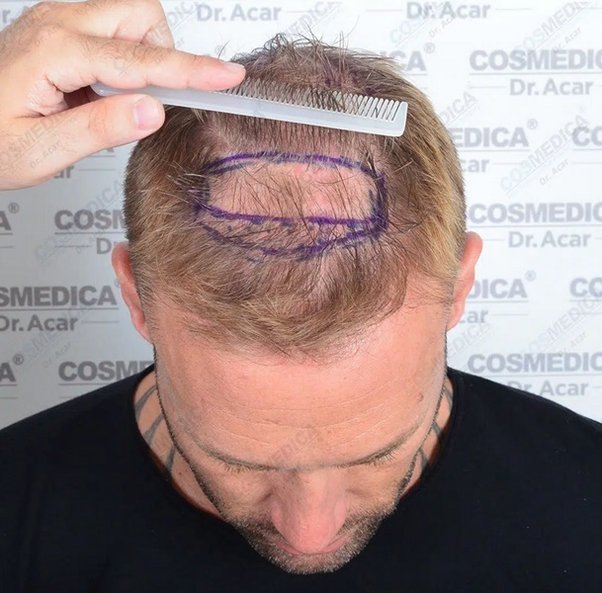
Hair transplant is a popular cosmetic procedure that involves removing hair from a donor area and transplanting it into an area with thinning or balding hair. It’s a great option for those who are unhappy with their hairline, experiencing hair loss or balding, and want to restore their hair’s fullness and volume. However, one of the most common questions people have about hair transplant is how many sessions they may need to get the desired results.
The answer to this question depends on a few factors, including the extent of hair loss, the density of the hair, and the individual’s overall goals. In general, hair transplant can require multiple sessions to achieve the desired outcome.
Hair transplant typically involves two primary methods: Follicular Unit Transplantation (FUT) and Follicular Unit Extraction (FUE). Both methods can require more than one session, depending on the patient’s individual case.
In FUT, a strip of hair is removed from the back of the scalp, and the hair follicles are separated and transplanted into the recipient area. This method can often achieve greater density in a single session, but it may also require a longer recovery time.
FUE, on the other hand, involves removing individual hair follicles from the donor area and transplanting them into the recipient area. This method typically involves less scarring and has a faster recovery time, but it may require multiple sessions to achieve the desired density and coverage.
The number of sessions required for a hair transplant depends on the size of the area to be treated, the amount of hair loss, and the patient’s expectations. For example, a person with a small bald patch or receding hairline may only need one session to achieve satisfactory results. However, a person with extensive hair loss may require multiple sessions spread out over several months or even years to achieve the desired look.
In general, most hair transplant patients require at least two sessions to achieve the desired result. The first session usually involves transplanting a smaller number of grafts to establish the hairline and create a more natural appearance. The second session, which may take place several months later, allows the surgeon to add more density and volume to the hairline and surrounding areas.
Some patients may require a third or even a fourth session to achieve their desired results, especially if they have extensive hair loss or wish to achieve a higher density. These additional sessions may also be spaced out over several months or even years to allow the scalp time to heal and to minimize the risk of complications.
It’s important to note that the number of sessions required for a hair transplant varies from person to person. Your surgeon will evaluate your individual case and provide a recommendation based on your specific needs and goals.
In conclusion, while the number of sessions required for a hair transplant varies, most patients require at least two sessions to achieve the desired results. The specific number of sessions required depends on several factors, including the size of the area to be treated, the extent of hair loss, and the patient’s individual goals. If you’re considering a hair transplant, it’s important to discuss your expectations with a qualified surgeon who can provide personalized recommendations based on your individual case.